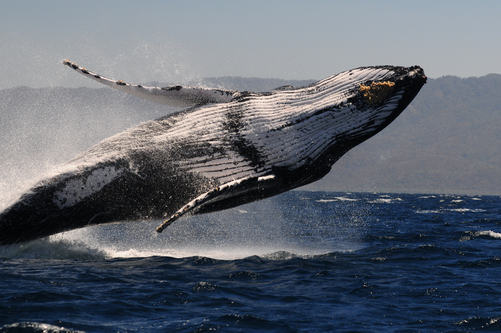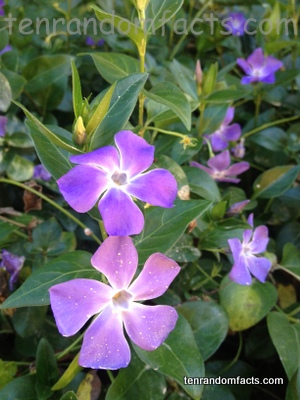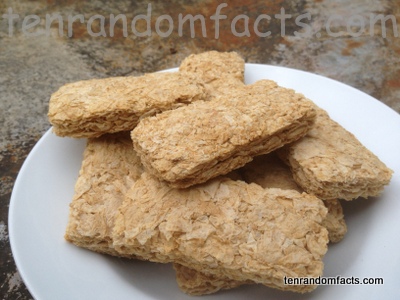
Humpback whales have bumps and bumps.
- Humpback whales have long fins and bumpy heads and are warm-blooded baleen whales, which are whales that have baleen, bristle like filtering plates, instead of teeth.
- The scientific name of a humpback whale is Megaptera novaeangliae and they are from the family Baleanopteridae, or rorquals, which includes nine species of baleen whales.
- Humpback whales grow up to 12 to 16 meters (39 to 52 feet) in length and weigh up to 36,000 kilograms (79,000 pounds).
- Humpback whales are typically dark blue to black, but white or grey whales are possible, although only two fully white humpback whales have ever been spotted.
- Humpback whales are known for their unexplained surfacing behaviour, where you can see them jumping out of the water, which includes movements like breaching, spyhopping and lobtailing, making them popular among whale watchers.
Humpback Whale
Image courtesy of National Geographic
- Male humpback whales can sing complex songs, believed to be possibly used during mating, which are often 10 to 20 minutes long, but the singing can last for hours, and both the female and male use clicks, groans, grunts, barks, snorts and thwops, by pushing air through their airways.
- Humpback whales are found in most parts of the ocean around the world, migrating up to 25,000 kilometres (16,000 miles) in a year towards the equator to have their young in winter, although they are believed to never go pass the equator.
- Humpback whales only feed in summer, on small fish, krill and plankton, and live on their own fat in winter.
- Before 1966, an estimated total of 200,000 or 90% of the humpback whale population had been whaled, causing them to come close to extinction, which was halted by whaling bans.
- Every humpback whale has a unique marking on its tail fluke make it distinguishable among other whales.
Bibliography:
Humpback Whale, 2010, Enchanted Learning, <http://www.enchantedlearning.com/subjects/whales/species/Humpbackwhale.shtml
Humpback Whale, 2013, Wikipedia, <http://en.wikipedia.org/wiki/Humpback_whale>
























